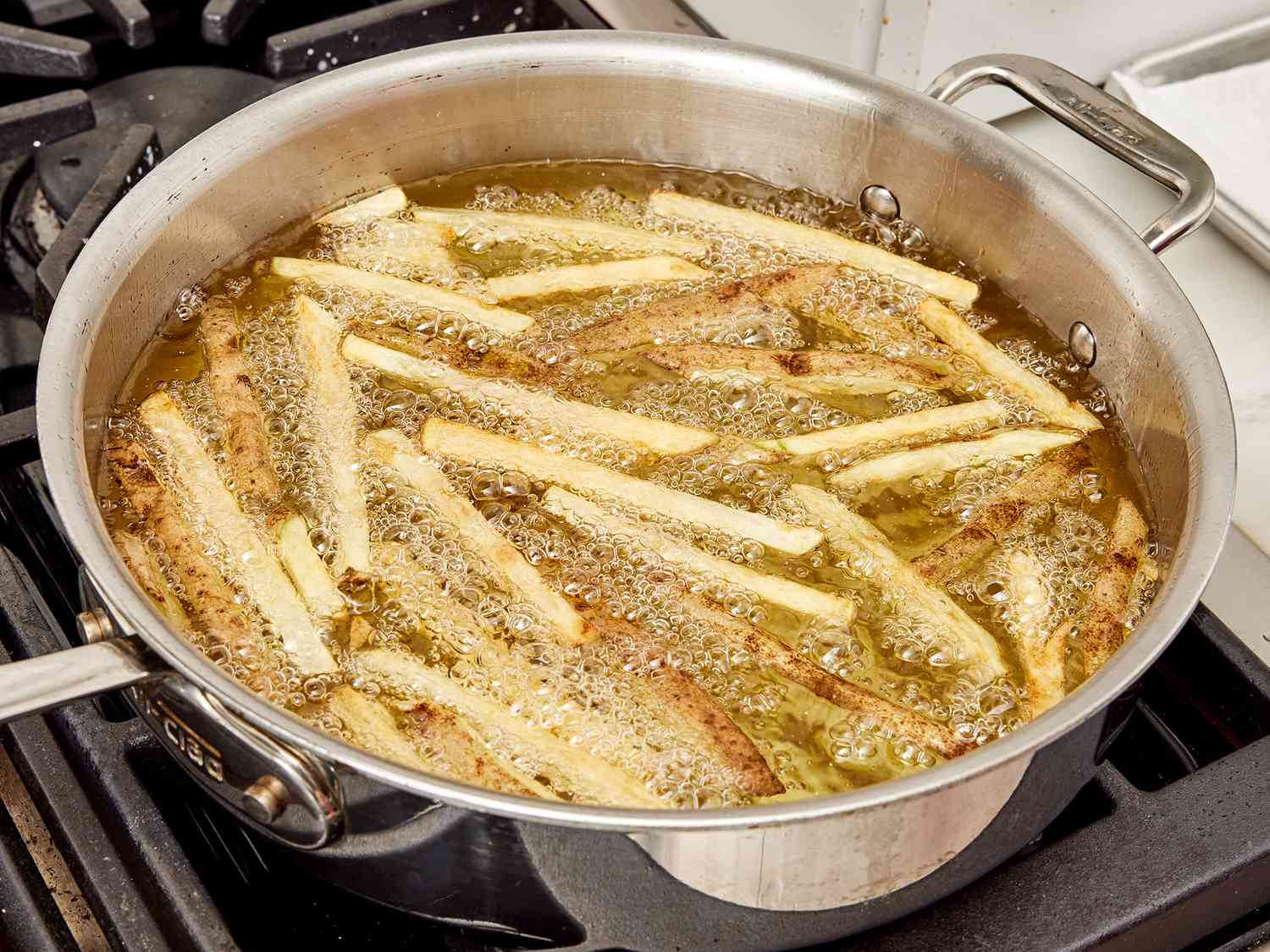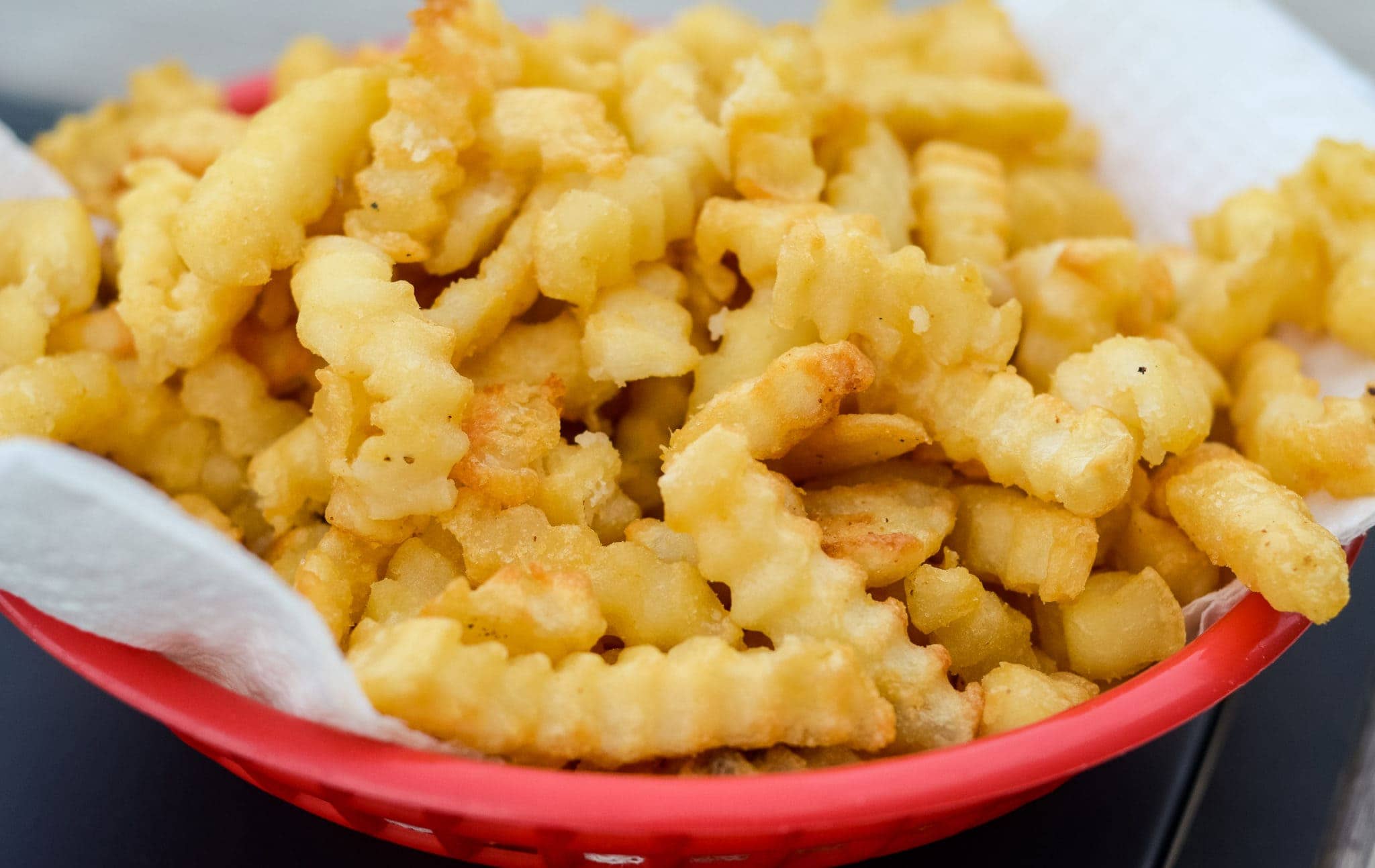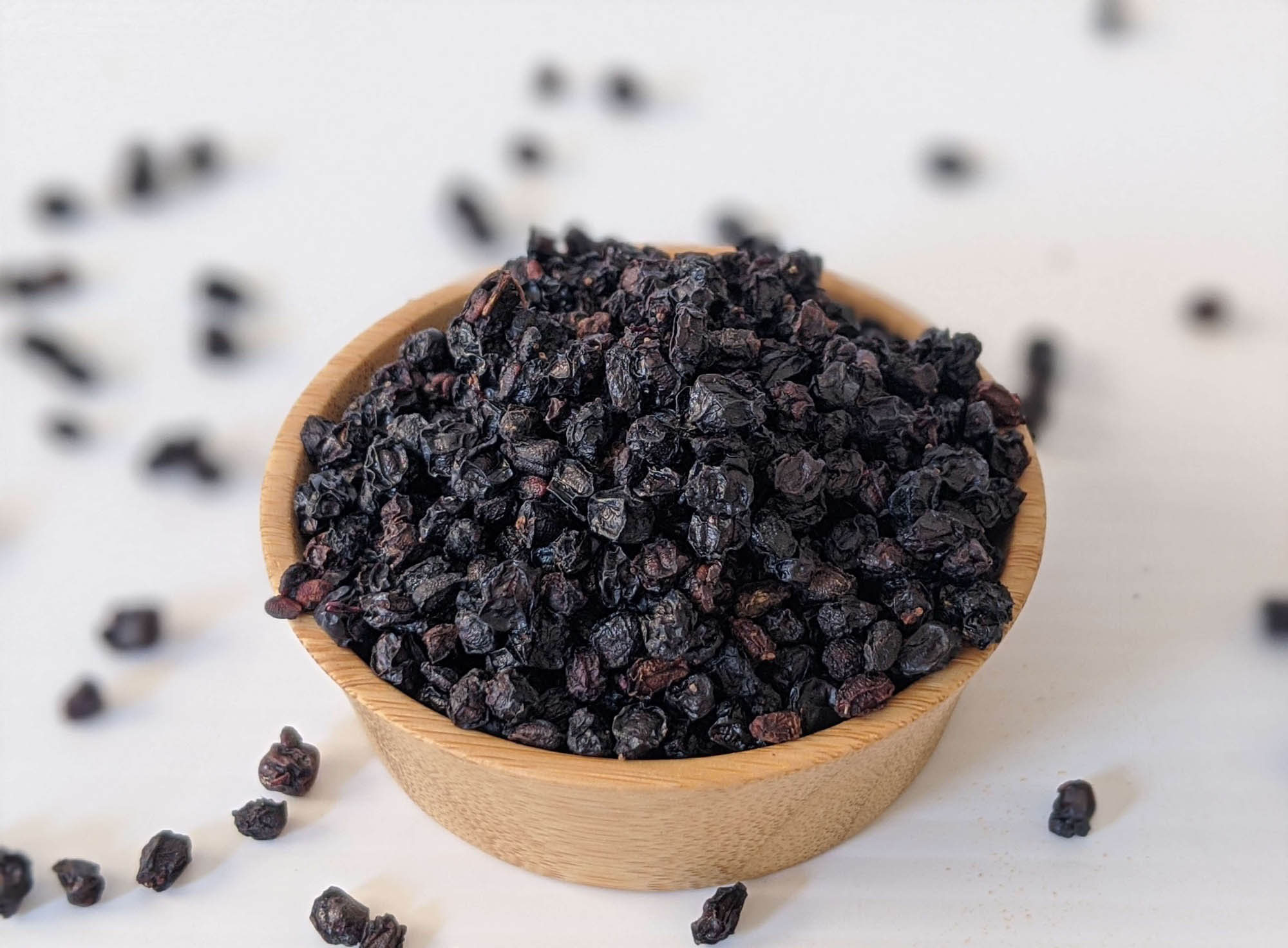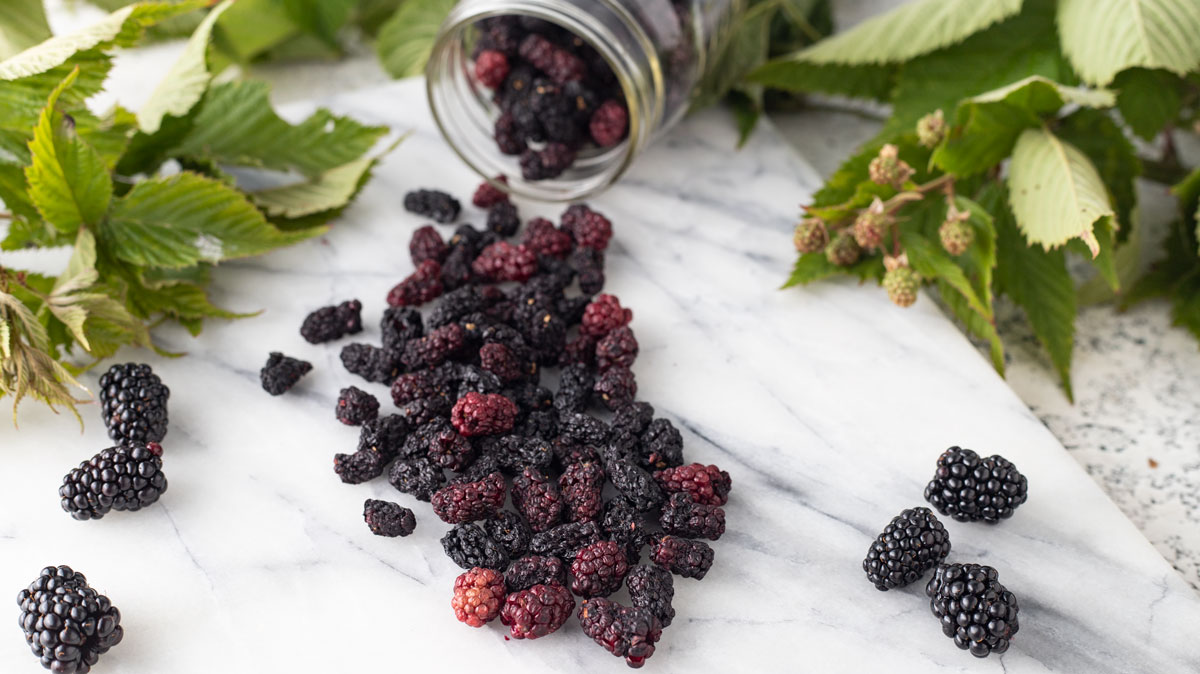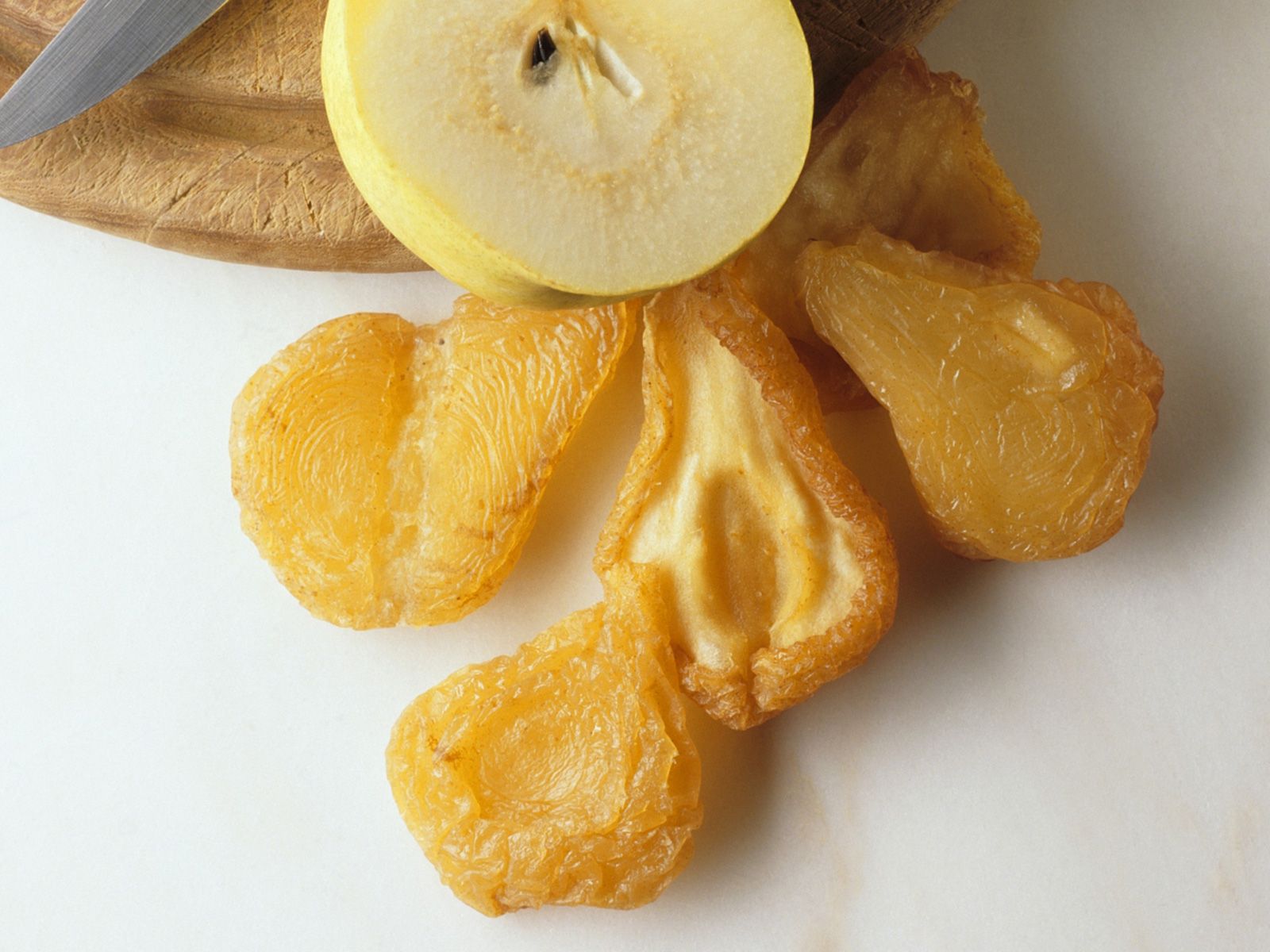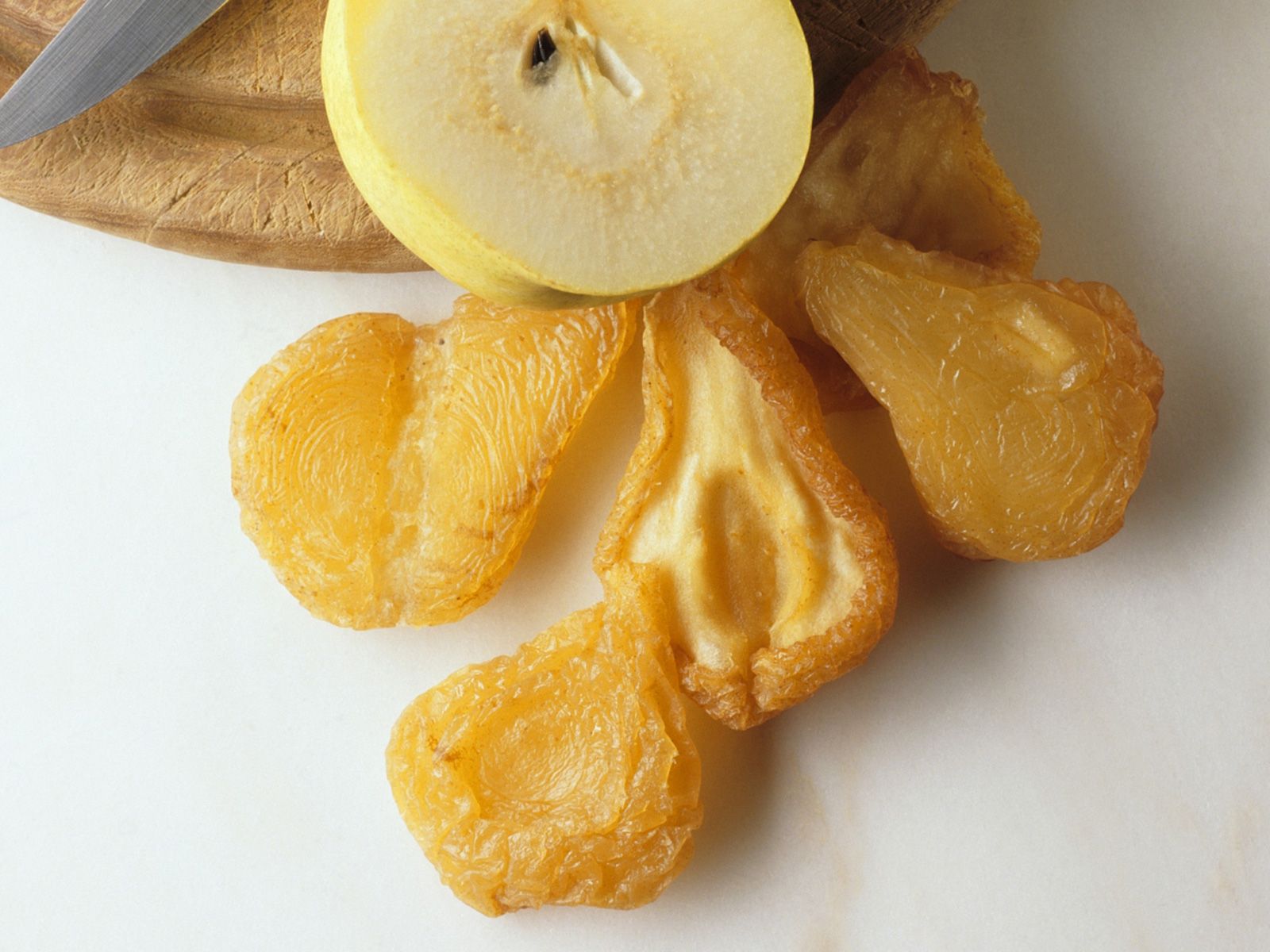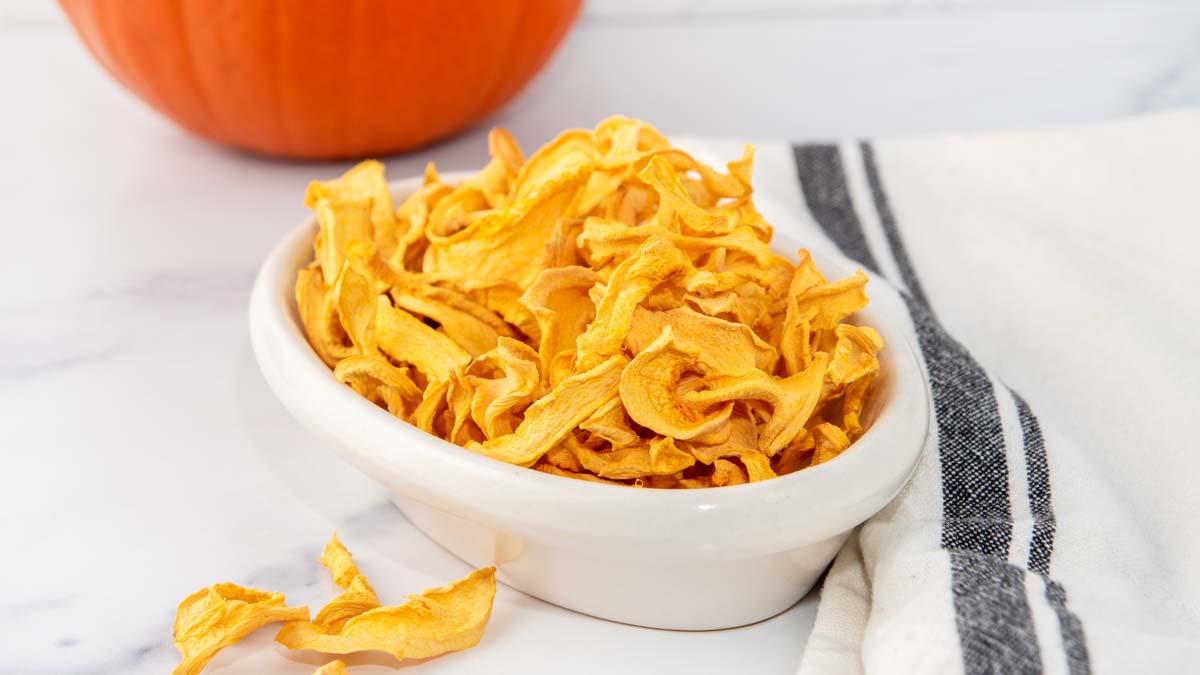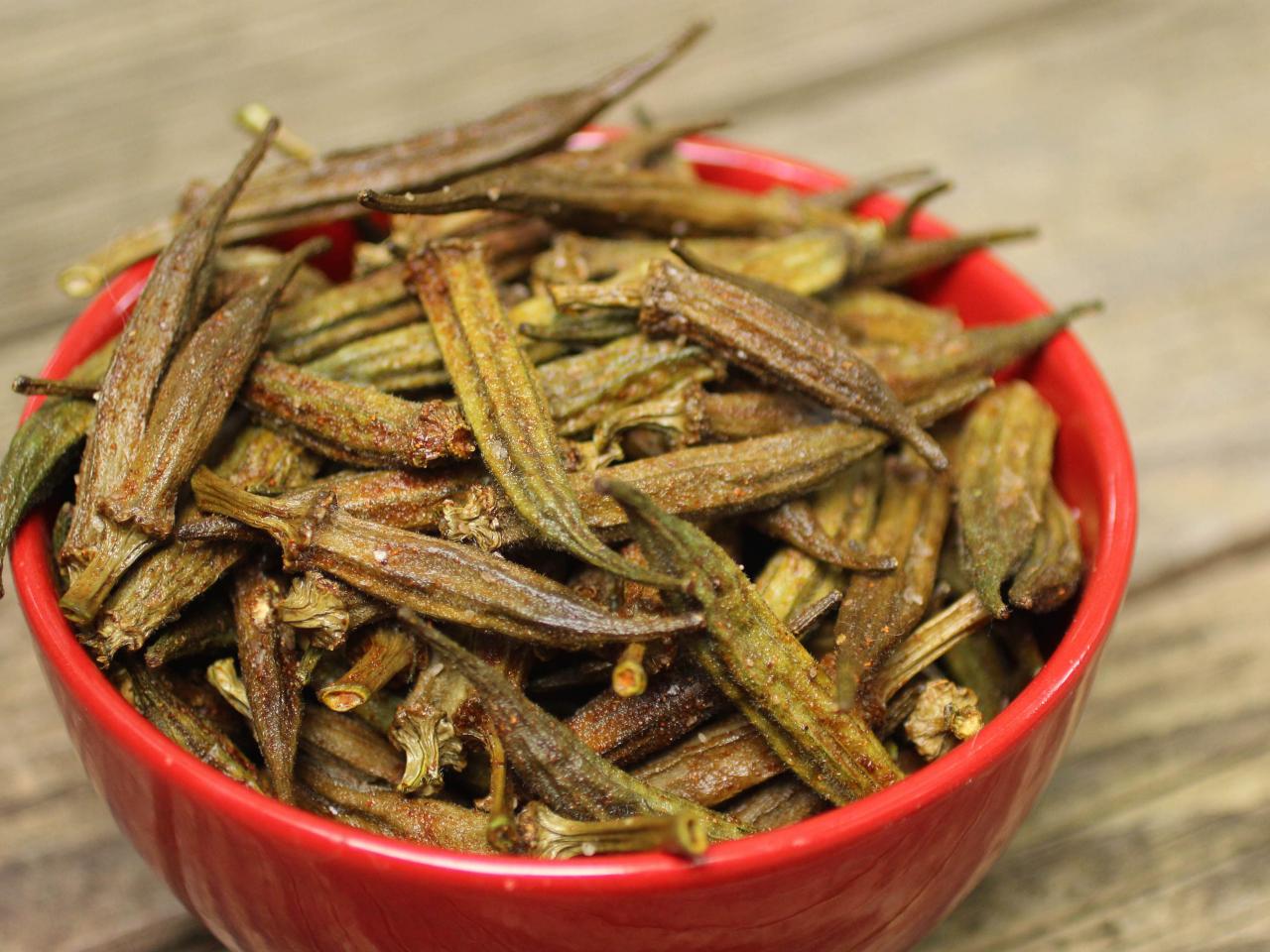Delicious and Easy: Deep Frying Parmesan Cheese
Are you looking for a new and exciting way to enjoy Parmesan cheese? Look no further! Deep frying Parmesan cheese is a delicious and simple way to elevate the flavor and texture of this beloved cheese. Whether you want to impress your dinner guests or simply treat yourself to a tasty snack, deep frying Parmesan cheese is a must-try culinary adventure.
Ingredients You’ll Need
Before you get started, gather the following ingredients:
- Freshly grated Parmesan cheese
- Vegetable oil for frying
- Seasonings of your choice (optional)
Step-by-Step Instructions
Follow these simple steps to deep fry Parmesan cheese to perfection:
- Prep the Parmesan: Start by grating the Parmesan cheese if you haven’t already. Using freshly grated cheese will result in the best flavor and texture.
- Heat the Oil: Pour vegetable oil into a deep frying pan or pot. Heat the oil to 375°F (190°C). It’s important to use enough oil to fully submerge the cheese for even frying.
- Form the Cheese: Take small handfuls of the grated Parmesan and form them into mounds on a plate. Keep the mounds loose to allow for even frying.
- Fry the Cheese: Carefully place the Parmesan mounds into the hot oil using a slotted spoon. Fry the cheese for 1-2 minutes, or until it turns golden brown and crispy.
- Drain and Season: Once the cheese is fried to perfection, remove it from the oil and place it on a plate lined with paper towels to drain any excess oil. If desired, sprinkle the fried Parmesan with your favorite seasonings, such as garlic powder, black pepper, or smoked paprika.
- Serve and Enjoy: The deep fried Parmesan is best enjoyed immediately while it’s still warm and crispy. Serve it as a unique appetizer, a crunchy topping for salads, or as a flavorful garnish for soups and pasta dishes.
Tips for Success
Here are a few tips to ensure your deep fried Parmesan turns out perfectly every time:
- Use a high-quality Parmesan cheese for the best flavor.
- Monitor the oil temperature closely to prevent the cheese from burning.
- Don’t overcrowd the pan when frying the cheese to ensure even cooking.
- Experiment with different seasonings to customize the flavor of your deep fried Parmesan.
Final Thoughts
Deep frying Parmesan cheese is a fun and delicious way to enjoy this classic ingredient in a whole new light. Whether you’re hosting a dinner party or simply want to indulge in a unique snack, deep fried Parmesan is sure to impress. With just a few simple steps, you can elevate the flavor and texture of Parmesan cheese and create a memorable culinary experience. Give it a try and get ready to savor the crispy, savory goodness of deep fried Parmesan!

